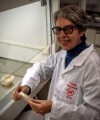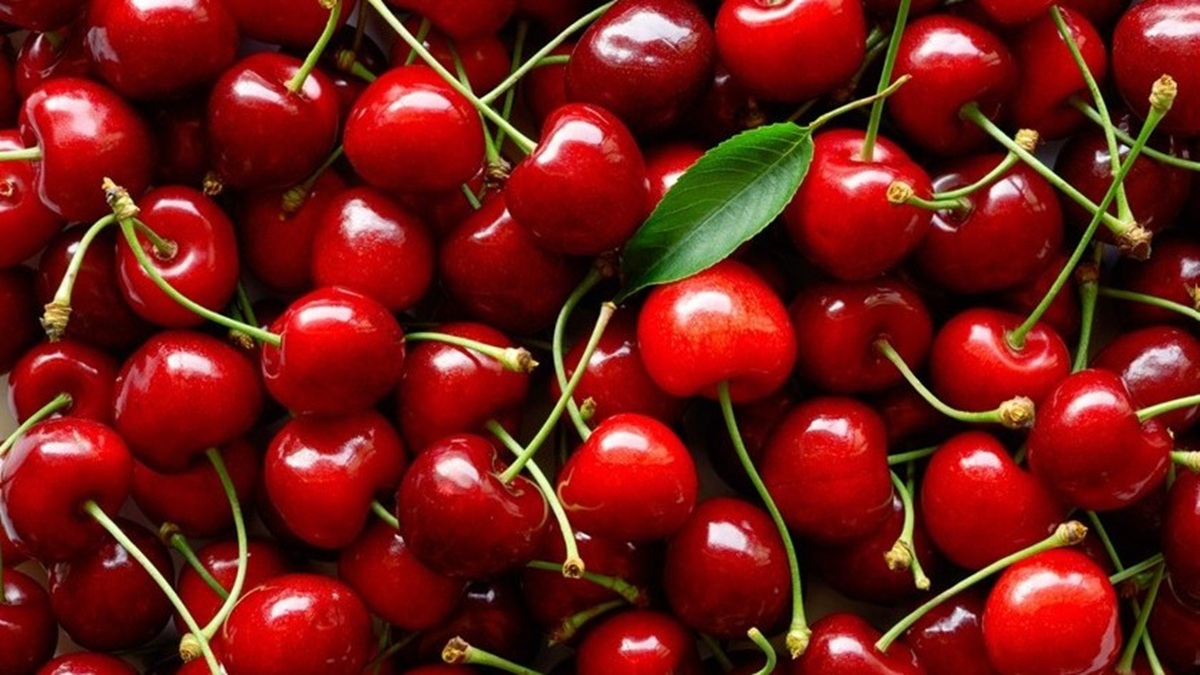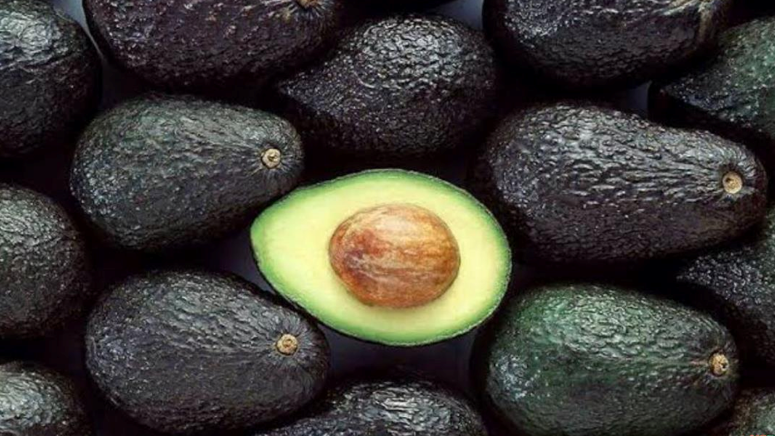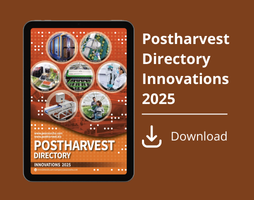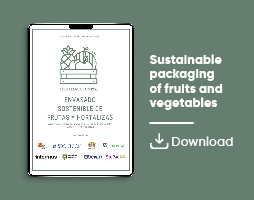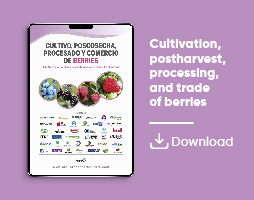Actualidad
Potential of Endophytic Fungi in the Control of Postharvest Fruit and Vegetable Rot
The endophytic fungus Penicillium restrictum, isolated from the plant Psammosilene tunicoides, has been shown to produce several active compounds effective against the pathogens responsible for postharvest fruit and vegetable rot
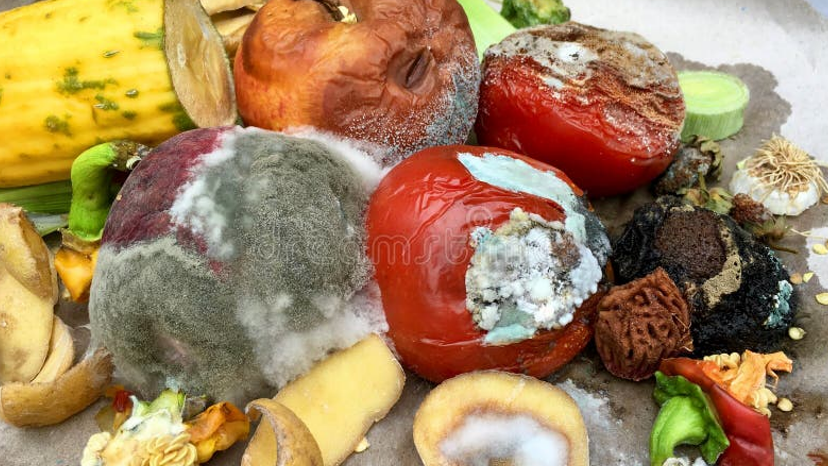
Psammosilene tunicoides, a perennial herbaceous plant of the Caryophyllaceae family, is recognized for its analgesic, hemostatic, and anti-inflammatory properties.
Endophytic fungi are relatively common in herbaceous plants, and their interactions with host plants often contribute to or are directly responsible for enhancing tolerance to both biotic and abiotic stresses.
In general, resistance to biotic stress is closely associated with the production of bioactive metabolites by endophytic microorganisms.
Control of Fusarium asiaticum and Alternaria tenuissima
A recent study has demonstrated that the endophytic fungus Penicillium restrictum (Ascomycota), isolated from P. tunicoides, shows strong potential in controlling postharvest pathogens such as Fusarium asiaticum and Alternaria tenuissima, which are responsible for significant fruit and vegetable decay.
These diseases severely impact yield and quality, leading to major economic losses. The phytopathogen F. asiaticum is a known cause of postharvest asparagus rot.
Similarly, A. tenuissima not only infects potatoes but also causes substantial tuber rot during storage.
Bioactive Compounds from the Endophytic Fungus Penicillium restrictum
Biological control is a low-toxicity, environmentally friendly method for disease management.
To explore secondary metabolites with antifungal activity against postharvest pathogens, researchers investigated the bioactive compounds produced by Penicillium restrictum isolated from P. tunicoides.
Two types of lactone compounds were identified: penicirestricols and two lactone–adenine hybrids. Their chemical structures were elucidated using nuclear magnetic resonance (NMR) spectroscopy and mass spectrometry (MS).
These compounds demonstrated significant antifungal activity against Fusarium asiaticum and Alternaria tenuissima, with a minimum inhibitory concentration (MIC) of ≤8 μg/mL.
Thus, the metabolites isolated from P. restrictum hold promising potential as new antifungal agents for protecting postharvest produce during storage.
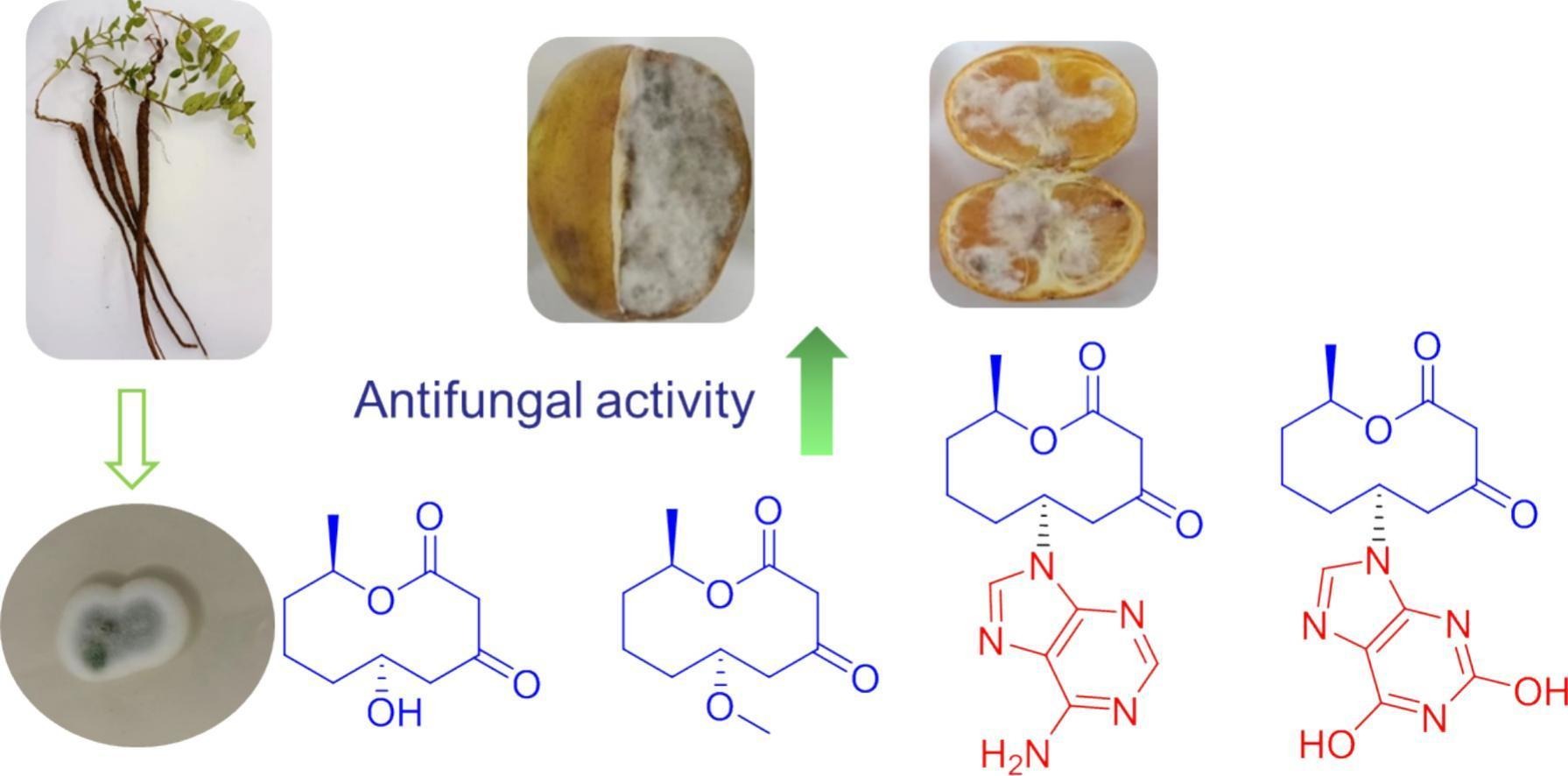
Graphical Summary according to Sun, J. et al., 2025
Sources
Sun, J.; Wei, F. S.; Zhao, T. D.; Ma, R. F.; Hu, X. X.; Li, H. X.; Liu, C.; Ju-Zhang, J. C.; Yang, X. Q.; Yang, Y. B.; Ding, Z. T. (2025).
Ten-membered lactones with antifungal activity against postharvest pathogens from Penicillium restrictum.
Fitoterapia, 183: 106495.
Image
https://www.dreamstime.com/photos-images/rotten-vegetables.html (Accessed May 5, 2025)


